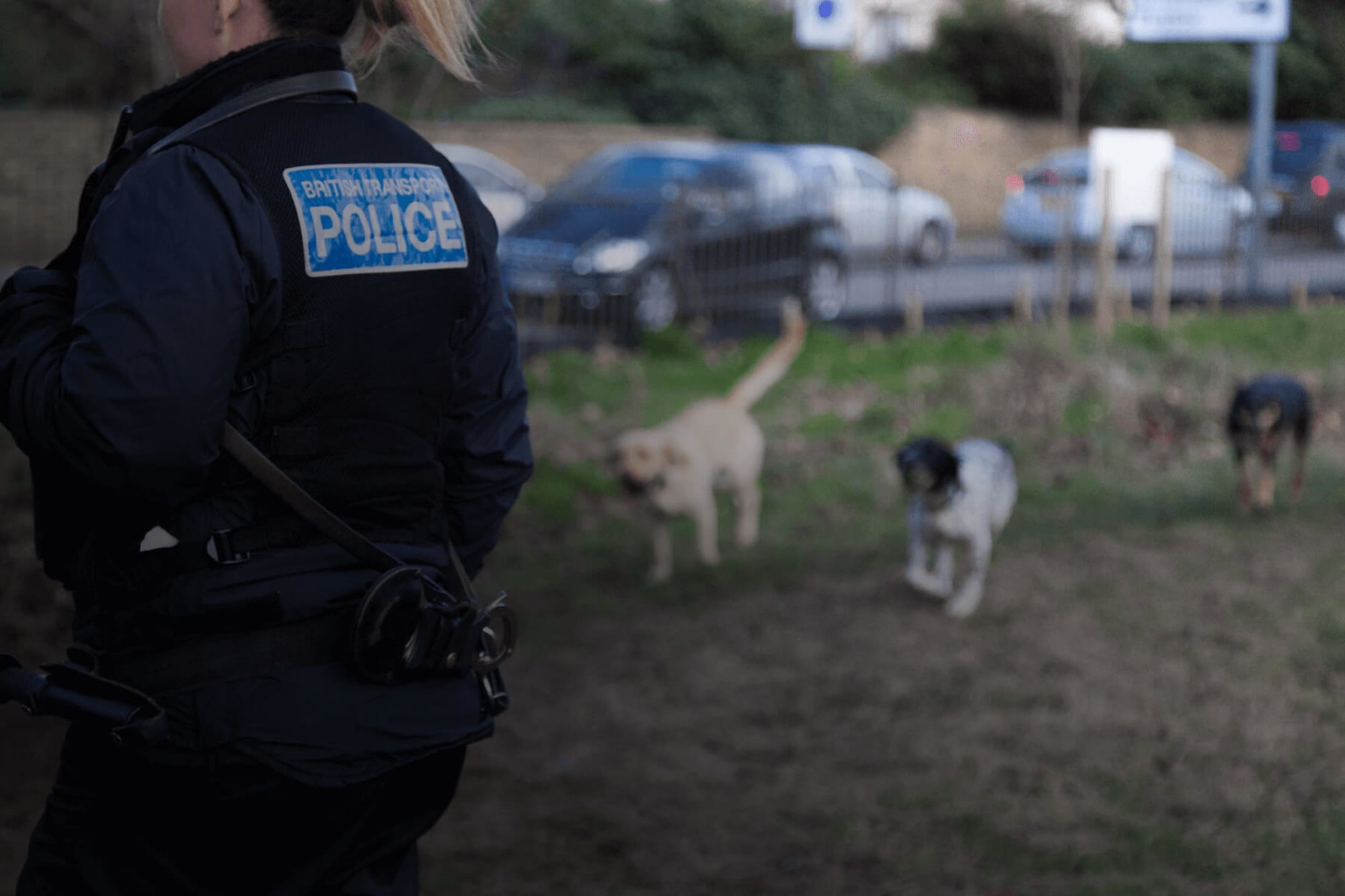Metropolitan Police Dog Training Establishment

When the Metropolitan Police wanted to monitor their compliance with new animal welfare regulations 24/7, an IoT-based system would be the obvious solution – the challenge would be how to connect to locations without access to WiFi or mains electricity. Through Digital Catapult’s Things Connected initiative, the Met was able to use LoRaWAN gateways to achieve the connectivity needed for environmental monitoring, as well as looking at other applications for this technology.
Bringing animal welfare compliance up to date
In 2018, regulations relating to dog breeding and boarding facilities were updated to introduce a robust new licensing and compliance regime. Some of the new regulations related to the physical design of dog kennels, while others addressed environmental conditions. The Metropolitan Police needed to be able to monitor, record and evidence that conditions at their Keston centre were in compliance with these new requirements, in order to satisfy inspective animal welfare officers. While an IoT-based network of sensors was the obvious solution, conventional WiFi was not an option, thanks to the overall size of the site, and because of the density of the building’s original 1950s construction. The Met Police team decided to use this challenge as an opportunity to explore the application of new technologies for their facilities management and maintenance.
Harnessing the power of the IoT in previously inaccessible areas
Digital Catapult had already provided with Metropolitan Police with access to its low-power wide-area network (LPWAN) through the Things Connected Network, and the Met had recognised the value of this community-led resource. They asked Digital Catapult for advice and to make recommendations for a suitable solution at the Keston centre.
Digital Catapult’s Technical Support Unit worked with the Met to install a low-power long-range wide area network (LoRaWAN) system that would provide the breadth of coverage needed for the site, and could be connected to data sensors positioned around the facility. LoRaWAN gateways enable long-range connectivity for IoT devices, and can be used in built environments where WiFi is inaccessible. Using battery-powered sensors also meant that placement could be made in areas where no mains electricity was available. These sensors feed data back to the Met’s own monitoring system and online dashboard, which can be monitored on-site or remotely.
The first phase introduced temperature monitoring in the boarding and breeding kennels on a 24/7 basis, removing the need for staff to manually check and record readings from ordinary thermometers.
Expanding long-range networks for a variety of uses
Over an initial three-month monitoring period, the data showed that kennel temperatures occasionally fell below desirable levels in the main boarding area. This reporting provided the evidence needed to support a business case for a facilities upgrade, which was subsequently signed off for completion.
The success of the temperature monitoring phase has stimulated discussions of how additional deployment of different types of sensors at the site could improve animal wellbeing, operational efficiencies, and staff health and safety. For example, sensors could be used to monitor levels in the oil and sluice tanks; presence sensors could record the frequency of checks on dogs; and geo-location sensors could be used to monitor the animals’ exercise and walking routines. The advantage of multiple types of deployment all reporting to a single dashboard could result in future savings made from decommissioning of other independent systems.
Digital Catapult has also provided a number of LoRaWAN base stations for the Met to use at various sites around London and close to the dog training centre. These additional gateways have enabled the Things Connected network to expand its much-needed coverage of the London area, supporting a wide range of Metropolitan Police initiatives.
Previously inaccessible areas can now be reached
Compliance with animal welfare standards can be evidenced
Future potential FM efficiencies have been identified, through the addition of other sensor technologies to the same network